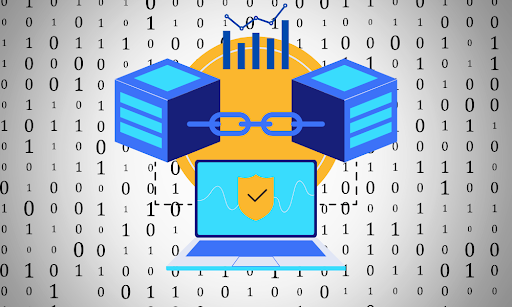
Is It Time to Call Time On the Doomsday Clock?
The Doomsday Clock is a symbolic instrument that gauges the risks of global catastrophe due to nuclear warfare and other man-made disasters such as climate change. It was created in 1947 by the Bulletin of the Atomic Scientists and is updated every year depending on global developments.
Since its creation, the Doomsday Clock has steered the world away from global annihilation and towards global awareness and action. Even though many risk factors are still ongoing, it has done its job of instilling fear and encouraging prevention. Now, seventy-four years since its establishment, some experts are questioning the need for the Doomsday Clock in the 21st century.
Problems With the Doomsday Clock
There are a few issues with the Doomsday Clock that raise questions about its relevance today.
- A Western-Centric Approach: The Doomsday Clock is decided by experts from the United States and Europe and takes into account only the European and American context of international security. This ignores the opinions of experts from other parts of the world and fails to account for the diversity of risk factors and perspectives on global security.
- Nuclear Threats May Not be the Largest Threat: Nuclear weapons are still a very real global threat and their use could cause global devastation. However, in the 21st century, there are other sources of global peril such as climate change and cyber-attacks which the Clock does not take into account.
- It Creates a False Sense of Security: The Doomsday Clock has done a great job of creating awareness of the risks of global annihilation. However, it may also lull us into a false sense of security, as if simply turning back the clock to a safer time is a viable solution.
The Future of the Doomsday Clock
The Doomsday Clock will continue to be relevant in the 21st century, but it needs to adapt to reflect global changes. If the Clock is to remain a useful tool for measuring global security, it will need to take into account the opinions of global experts, and the multitude of risk factors beyond nuclear weapons.
Ultimately, the value of the Doomsday Clock rests in whether it can be used to prevent global catastrophe and encourage global action. As long as it can do that, its relevance remains. In 1947, the world was in the midst of one of its darkest times – the Cold War. Nuclear weapons had been developed and stockpiled, global distrust of each other was at an all-time high, and the threat of global annihilation seemed more real than ever before. In an effort to draw attention to this precarious state of affairs, a group of scientists and academics created the Doomsday Clock – an ever-advancing symbol of the threat of nuclear war.
Since its creation, the Doomsday Clock has been seen as a symbol of our collective anxiety over the potential of nuclear conflict and other existential threats such as global warming and biosecurity risks. For nearly seventy-four years, the clock has been set ahead and pushed back depending on the prevailing geopolitical climate. However, a growing chorus of voices are now saying that it’s time for us to call time on the Doomsday Clock.
The argument in favour of discontinuing the Doomsday Clock is based on the notion that it’s an outdated methodology for evaluating the risk of global catastrophe. Proponents of this view point out that the clock only serves to perpetuate a vision of apocalyptic doom, which may be counterproductive to the work of reducing global tensions. Furthermore, the clock is only ever adjusted in large increments of minutes and fails to account for the more subtle changes in political dynamics that could impact international security.
On the other hand, the Doomsday Clock has its supporters who believe that it’s still an important way to measure the risk of global disaster. They argue that the clock is an effective way of galvanising public attention towards potential threats, and can also be used to track the progress of international negotiations and disarmament processes. Furthermore, they contend that in an age of constant news bombardment, symbols such as the Doomsday Clock are essential for cutting through the noise and keeping the public focused on what’s important.
Ultimately, it’s up to each individual to make up their own mind as to whether they believe the Doomsday Clock should continue to exist. For some, the clock is an important reminder of the need for global vigilance. For others, it’s an outdated and alarmist tool that has no place in the modern world. Either way, one thing is for sure – the clock has made an indelible mark on our collective perception of the danger of nuclear war and has shaped how we view the world for better or worse.



















